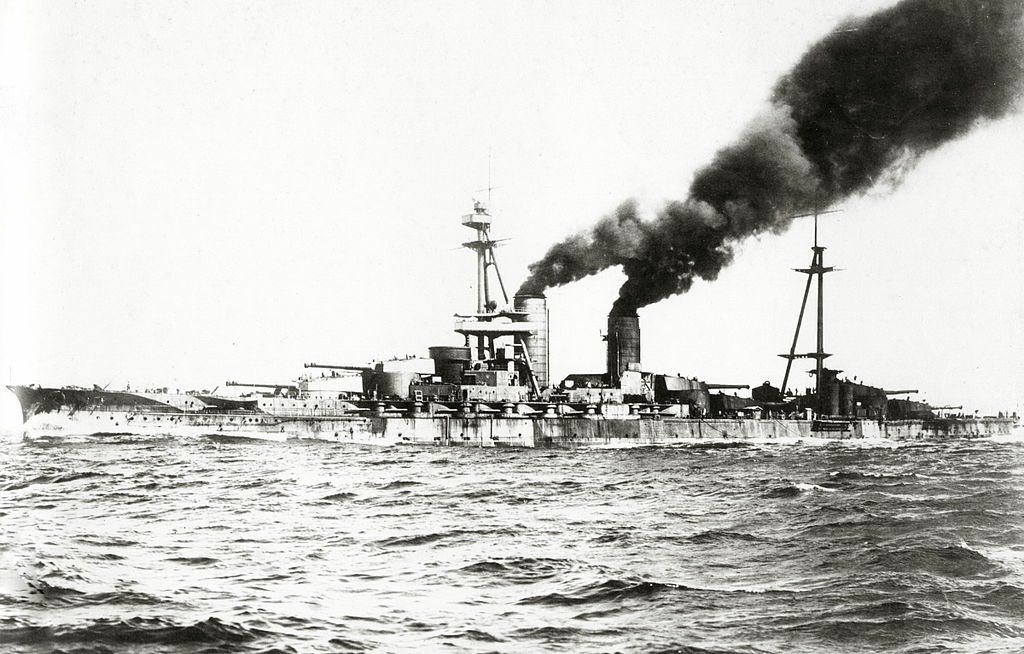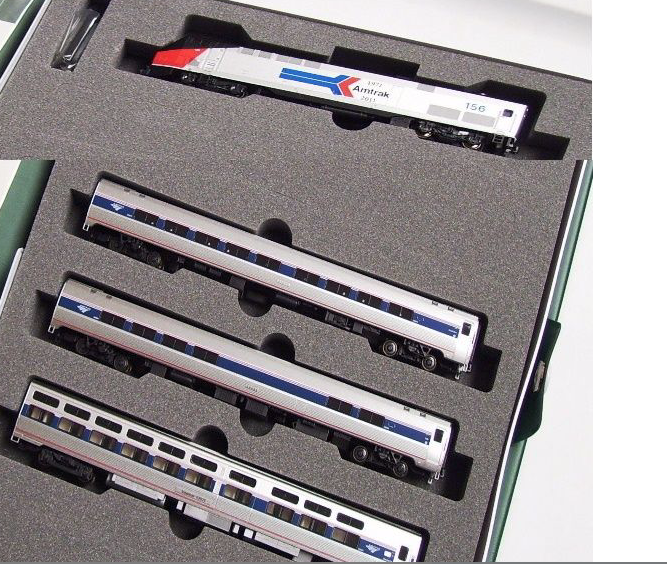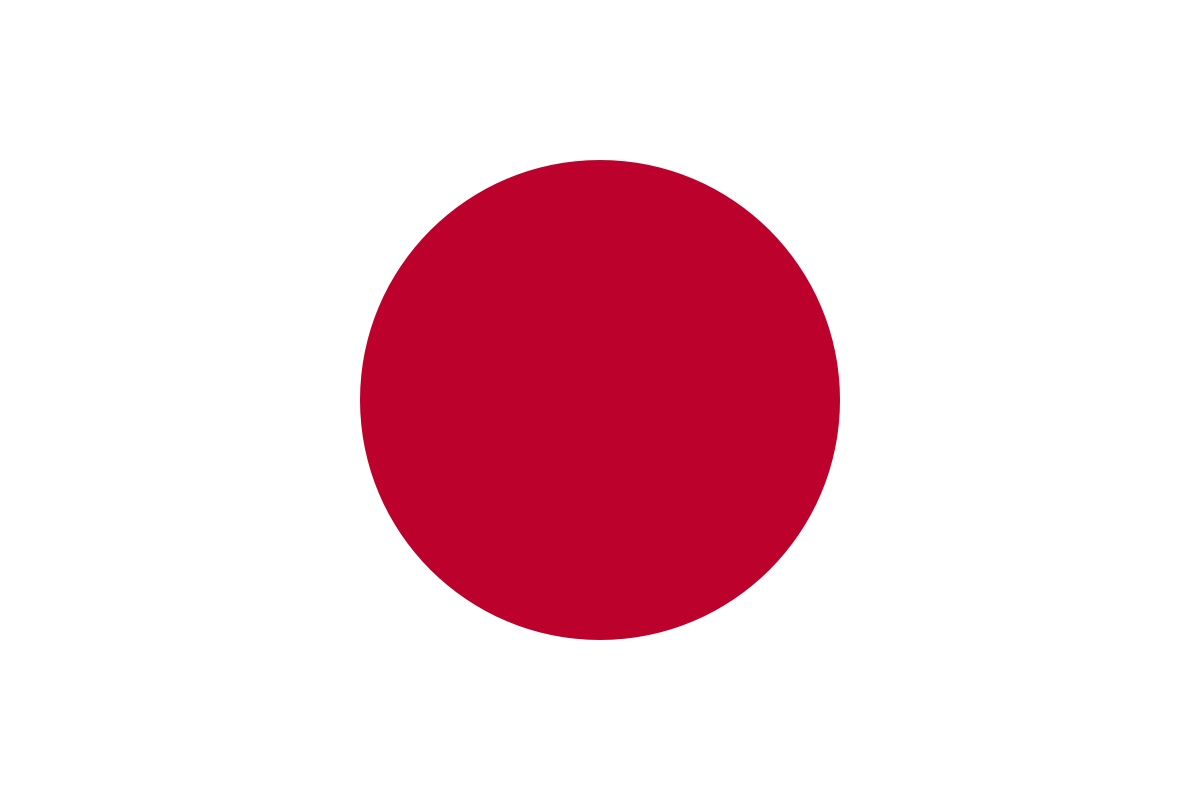Ise
| Name | Ise |
| Primary Country | Japan (Details) |
| Period | World War I |
| Source of Text | Wikipedia |
| Credit Link | https://en.wikipedia.org/wiki/Ise-class_battleship |
| Type | Battleship |
| SubType | Dreadnought |
| Preceded By | Fusō (Details) |
| Succeeded By | Nagato (Details) |
| Number Completed | 2 |
| First Commisioned | 1917 |
| Last Year Active | 1945 |
| Other Nations | none |
History:
The Ise-class battleships were a pair of dreadnought battleships built for the Imperial Japanese Navy (IJN) during World War I. Originally intended to be repeats of the preceding Fusō class, they were redesigned before construction began. Both ships carried supplies for the survivors of the Great Kantō earthquake in 1923. They were modernized in 1934-37 with improvements to their armour and machinery and a rebuilt superstructure in the pagoda mast style. Afterwards they played a minor role in the Second Sino-Japanese War.
Despite the expensive reconstructions, both vessels were considered obsolete by the eve of the Pacific War, and neither saw significant action in the early years of the war. Following the loss of most of the IJN's large aircraft carriers during the Battle of Midway in mid-1942, they were rebuilt with a flight deck replacing the rear pair of gun turrets to give them the ability to operate an air group of floatplanes. A lack of aircraft and qualified pilots, however, meant that they never actually operated their aircraft in combat. While awaiting their air group the sister ships were sometimes used to ferry troops and material to Japanese bases. They participated in the Battle of Cape Engano in late 1944, where they decoyed the American carrier fleet supporting the invasion of Leyte away from the landing beaches. Afterwards both ships were transferred to Southeast Asia; in early 1945 they participated in Operation Kita, where they transported petrol and other strategic materials to Japan. The sisters were then reduced to reserve until they were sunk during American airstrikes in July. After the war they were scrapped in 1946-47.
Despite the expensive reconstructions, both vessels were considered obsolete by the eve of the Pacific War, and neither saw significant action in the early years of the war. Following the loss of most of the IJN's large aircraft carriers during the Battle of Midway in mid-1942, they were rebuilt with a flight deck replacing the rear pair of gun turrets to give them the ability to operate an air group of floatplanes. A lack of aircraft and qualified pilots, however, meant that they never actually operated their aircraft in combat. While awaiting their air group the sister ships were sometimes used to ferry troops and material to Japanese bases. They participated in the Battle of Cape Engano in late 1944, where they decoyed the American carrier fleet supporting the invasion of Leyte away from the landing beaches. Afterwards both ships were transferred to Southeast Asia; in early 1945 they participated in Operation Kita, where they transported petrol and other strategic materials to Japan. The sisters were then reduced to reserve until they were sunk during American airstrikes in July. After the war they were scrapped in 1946-47.
Type:
Battleship
SubType:
Dreadnought
Primary Country:
Japan is an island nation in the Pacific Ocean with dense cities, imperial palaces, mountainous national parks and thousands of shrines and temples. Shinkansen bullet trains connect the main islands of Kyushu (with Okinawa's subtropical beaches), Honshu (home to Tokyo and Hiroshima’s atomic-bomb memorial) and Hokkaido (famous for skiing). Tokyo, the capital, is known for skyscrapers, shopping and pop culture.
Although legend has it that Japan was founded in 660BC, archaeologists agree that settlement in the Japanese archpelago dates back as far as 100,000 years. The Jomon Period (8000-c.300BC) is the earliest that has been studied. It is named after the 'jomon' or cord-marked pattern style of pottery of the period.
Although legend has it that Japan was founded in 660BC, archaeologists agree that settlement in the Japanese archpelago dates back as far as 100,000 years. The Jomon Period (8000-c.300BC) is the earliest that has been studied. It is named after the 'jomon' or cord-marked pattern style of pottery of the period.
Item Links:
We found: 3 different collections associated with
Ise - Battleship
- Collection War at Sea: 1 different items
- Collection Warship Classes: 2 different items
- Collection Warships: 2 different items
Item created by: Lethe
on 2019-03-20 12:17:29
Last edited by: gdm on 2019-04-03 09:13:47
If you see errors or missing data in this entry, please feel free to log in and edit it. Anyone with a Gmail account can log in instantly.
Last edited by: gdm on 2019-04-03 09:13:47
If you see errors or missing data in this entry, please feel free to log in and edit it. Anyone with a Gmail account can log in instantly.








